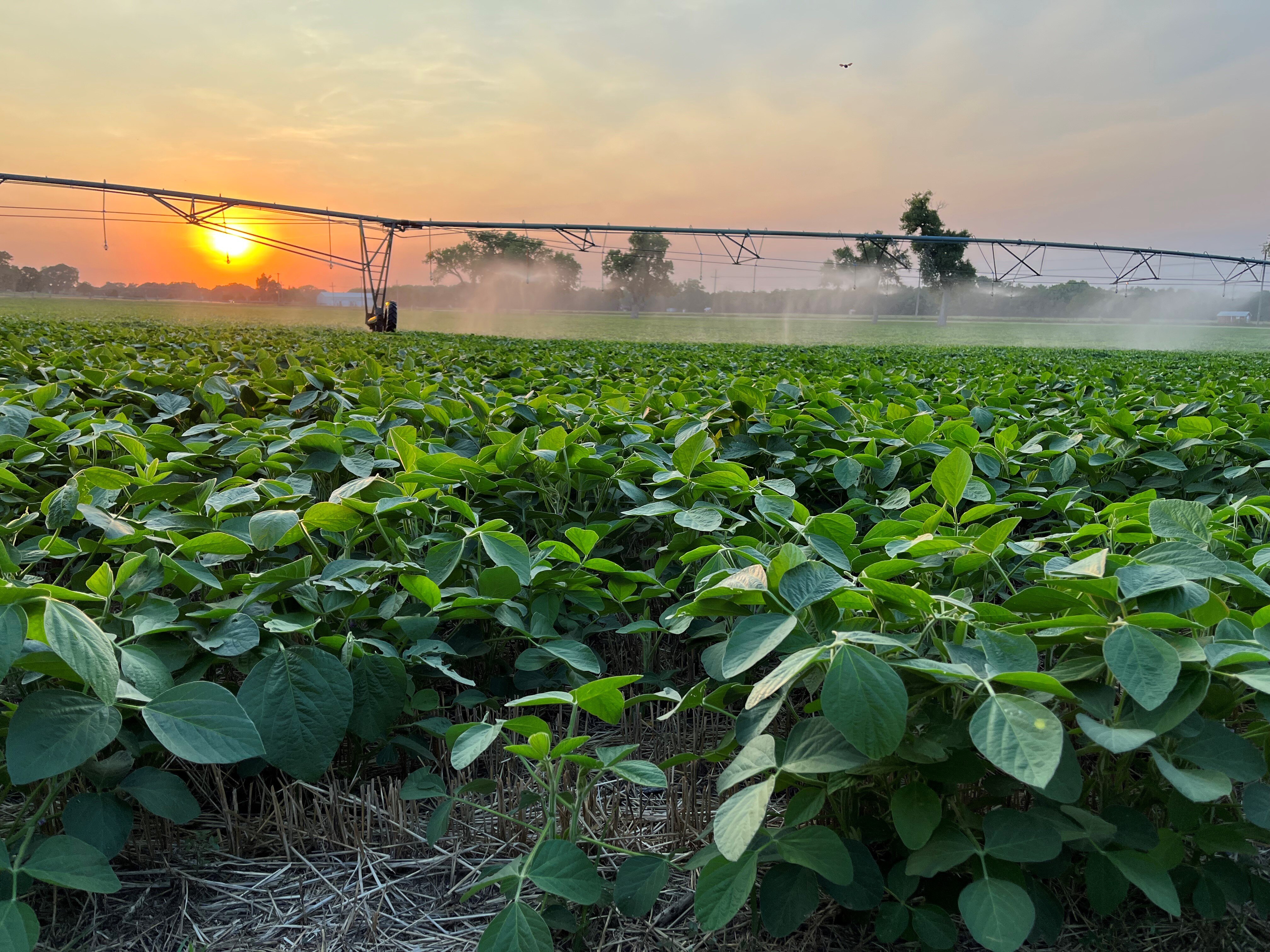How Efficient is Your Operation?
Efficiency is getting more output from the same resources or getting the same output from fewer resources. There are efficiency ratios used to measure production or financial efficiency, or a combination of both. Here we will focus on the five (5) financial efficiency ratios.
For financial efficiency, the primary measure is the asset turnover ratio. This ratio is calculated as follows:
1. Asset Turnover Ratio = Gross Farm Revenues divided by Average Total Farm Assets
It measures how efficiently farm assets are being used to generate revenue. An asset turnover ratio of 60% or higher is considered healthy/efficient use of assets. Generally the higher the ratio, the more efficiently assets are being used to generate revenue. When the asset turnover ratio is multiplied by the operating profit margin ratio, the result is the rate of return on assets. A major challenge for agricultural producers is to more fully employ assets and to find more economical ways to acquire control of assets to improve their turnover ratio.
In addition to the asset turnover ratio, the following ratios should also be monitored:
2. Operating Expense Ratio = Total Farm Operating Expenses divided by Gross Farm Revenues
For more detailed analysis and for benchmarking purposes, the operating expense ratio can be broken down into individual expense categories as a percent of gross revenues, e.g., chemicals, crop insurance, fertilizer, irrigation, land rents, seed, labor, and equipment cost, etc.
3. Depreciation Expense Ratio = Depreciation Expense divided by Gross Farm Revenues
Please note, the depreciation expense ratio will vary widely between Operations because of the different depreciation methods used and the difference in the amount of depreciable assets used in production.
4. Interest Expense Ratio = Total Farm Interest Expense divided by Gross Farm Revenues
Generally the interest expense ratio needs to be less than 20% to allow a profitable operation. If it exceeds 20%, it may indicate the Operation is carrying a heavier debt load than it can sustain.
5. Net Farm Income from Operations Ratio = Net Farm Income from Operations divided by Gross Farm Revenues
Agricultural producers in the lower end of the ratio goals will obviously feel financial stress first as margins tighten. Agricultural producers with lower cost and high financial efficiencies tend to have the staying power to weather the downturns. Financial ratios measure your progress over time, to make sure you’re meeting your lender’s requirements and to benchmark yourself against your peers.
“If the Wright brothers were alive today, Wilbur would have to fire Orville to reduce costs.” –Charles Horton Cooley
If you need more help, there are expert consultants at UnCommon Farms. Our goal is not to take over in any of these areas, but to help you implement improved managing practices. Contact us to learn about other ways to improve your operation.
“There can be economy only where there is efficiency.” – Benjamin Disraeli




